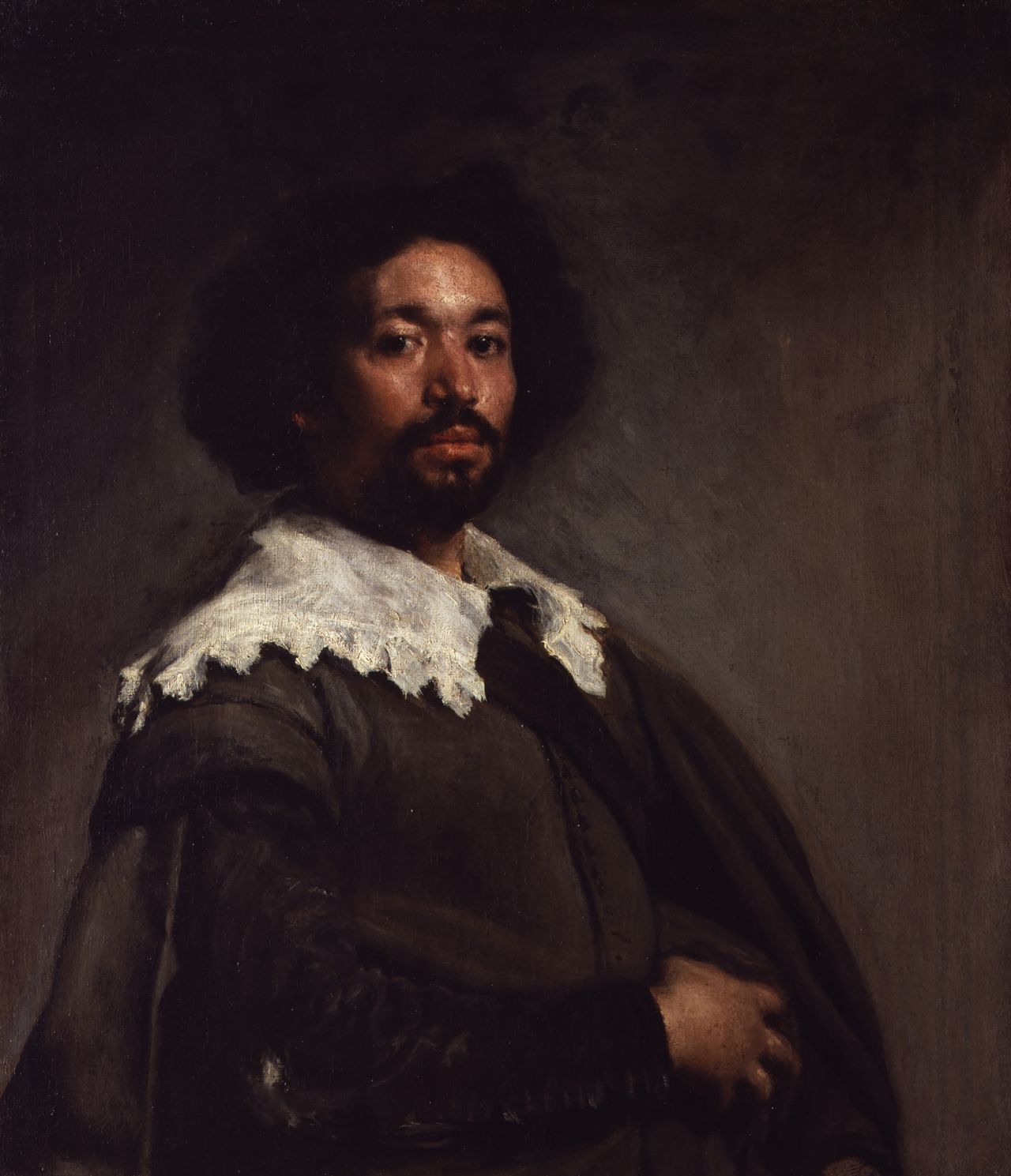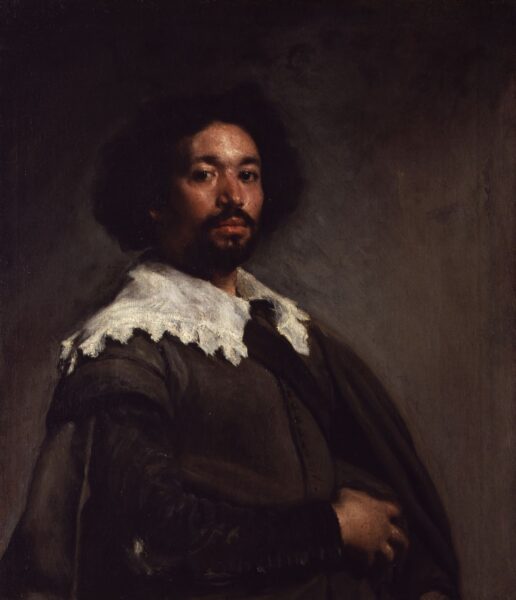
23 Apr TIO NYC: A Day at The Met, Theatre & All That Jazz!
We continued our fast trot through New York’s cultural scene with a day at The Metropolitan Museum of Art, two plays – and all that jazz.
Go here for more about TIO NYC.

The Met
Cecily Brown: Death and The Maid (through 12/2/23). A Must.

Cecily Brown’s “No You for Me” (2013) in the show “Death and the Maid” at the Metropolitan Museum of Art. courtesy, The New York Times.
The genre of the grotesque in painting had been largely dominated by male artists such as Lucien Freud and Francis Bacon, with their overtly sexualized depictions of women – that is until Cecily Brown.
The artist is best known for producing large canvases lavished with pigment and incorporating sexually explicit themes. Her work, now included in the prestigious Gagosian stable, is most often compared to that of AbEx superstar, Willem de Kooning, whom Brown admired. That said, De Kooning’s images of women have been described (and disparaged) for expressly objectifying women, sometimes violently, Brown’s work is characterized as a feminist remix of that mentor.
Brown’s art boils down to an unblinking examination of the dark underbelly of human nature; sexuality, violence, and excess. Her canvases, described as momento mori and vanitas in The Met’s show, are largely big, bold, and beautiful. Even the smaller images blaze, beguile and bewilder.
Go here to read a terrific New York Times review by revered critic Roberta Smith.
Juan de Pareja, Afro-Hispanic Painter (through July 16). A Must:

Juan de Pareja became “instantly famous” in this portrait by Diego Velázquez, while he was still enslaved., courtesy The Met.
Diego Velázquez was a court painter for Spain’s King Philip IV during the Baroque period. The dazzling artist, one of the best painters ever, is celebrated for breaking portraiture and scene painting out of its ho-hum box to create an individualistic body of work that still speaks loudly and clearly to the artist’s underlying passion for the human being and human experience. Including his one-time-slave-turned-celebrated painter, Juan de Pareja,. Velasquez freed he man after his portrait made Pareja an overnight sensation.
According to The Met:
This exhibition offers an unprecedented look at the life and artistic achievements of seventeenth-century Afro-Hispanic painter Juan de Pareja (ca. 1608–1670). Largely known today as the subject of The Met’s iconic portrait by Diego Velázquez, Pareja—who was born in Antequera, Spain—was enslaved in Velázquez’s studio for over two decades before becoming an artist in his own right. This presentation is the first to tell his story and examine the ways in which enslaved artisanal labor and a multiracial society are inextricably linked with the art and material culture of Spain’s “Golden Age.”
Representations of Spain’s Black and Morisco populations in works by Francisco de Zurbarán, Bartolomé Esteban Murillo, and Velázquez join works that chart the ubiquity of enslaved labor across media, from sculpture to silver.
The Met’s portrait, executed by Velázquez in Rome in 1650, is contextualized by his other portraits from this period and the original document whereby Pareja was freed upon return to Madrid. The exhibition culminates in the first gathering of Pareja’s rarely seen paintings, some of enormous scale, which engage with the canons of Western art, while reverberating throughout the African diaspora.
Harlem Renaissance collector and scholar Arturo Schomburg was vital to the recovery of Pareja’s work and serves as a thread connecting seventeenth-century Spain with twentieth-century New York, providing a lens through which to view the multiple histories that have been written about Pareja.
Go here to read a full review by Art in America.
And on the Roof Garden, Lauren Halsey (through October 22, 2023). Also A Must:

Lauren Halsey, the east side of south central Los Angeles hieroglyph prototype architecture, 2022, installation view at the Roof Garden Commission. ©Lauren Halsey. Courtesy of the artist; David Kordansky Gallery, Los Angeles/New York. Photo by Hyla Skopitz, courtesy of the Metropolitan Museum of Art, New York.
Lauren Halsey (b. 1987, Los Angeles) is all about rethinking the nexus of art, architecture, and community engagement. She produces stand-alone artworks, but also site-specific projects such as the installation at The Met. Her work pays tribute to the South Central neighborhood of Los Angeles where her family has lived for generations. In this case by riffing on ancient Egypt.
Read this full review by Sarah Cascone in ArtNet.
Urban Stages, “Eleanor and Alice,” through April 30, 2023, Tickets here.

Credit: Urban Stages.
The format for Ellen Abrams’ “Eleanor and Alice,” now up as an encore engagement at Urban Stages, evolves around eight fictionalized, face-to-face conversations, spanning the years 1904-1962, between real-life first cousins Eleanor Roosevelt and Alice Roosevelt Longworth. The minimalist production was directed for maximum impact by (part -time, long-time) Telluride local Frances Hill Barlow, producing artist director.
The short play (about 85 minutes) is very timely, quoting snippets of history, while also speaking directly to our divided nation. FDR’s First Lady was a devoted and widely celebrated Democrat committed to social reform and public service. Teddy’s eldest daughter Alice was a staunch Republican and socialite, committed to herself.
The two women, born the same year, “met” same time-next year style between the ages of 20 to 78. The first four scenes are set at Sagamore Hill, the Roosevelt family home at Oyster Bay on Long Island, in the years 1904, 1920, 1922, and 1924; scenes 5-8 take place at Val-Kill, Eleanor’s cottage on the FDR estate in Hyde Park, in 1933, 1944, 1957, and 1962.
The production is a history lesson salt-and-peppered with wit.
“Eleanor and Alice” is an insightful, enjoyable play about an unlikely friendship between opposite Roosevelt cousins. Superb acting and directing with multi-media staging (projections show historical context), and excellent roles for strong women.” – Susan Horowitz (DrSue).
“Mary Bacon as Alice is wickedly funny as the antithesis of society’s good girl. In contrast with Eleanor’s slow, incremental transformation from girlish giddiness over her cousin Franklin to a more measured and circumspect demeanor—which Trezana Beverley as Eleanor masters”
“Frances Hill’s direction effectively balances the impact of both tragedy and comedy.”-Rachel S. Kovacs, OffOffOnline.
“Tony Award winning Trezana Beverley playing Eleanor Roosevelt and Drama Desk Award winner Mary Bacon playing Alice Roosevelt Longworth, these historical figures are embodied with a fullness and dimension that will keep your attention throughout the intricacies of their careers and thought experiments.”-Kimi Brown, The Knocktunal.
Bob Fosse, Dancin’ at Music Box Theatre. Tickets here.

Image, courtesy The New York Times.
Bob Fosse forged an uncompromising modern dance style characterized by finger-snapping, tilted bowler hats, net stockings, splayed gloved fingers, turned-in knees and toes, and shoulder rolls,. Those signature moves are now on full, exuberant display in “Bob Fosse Dancin,” a delicious mix of camp, sex, and gonzo athleticism.
Dancin’ stars 22 of what have to be some of the very best dancers on Broadway, each one uniquely easy on the eyes.
All that jazz was so much fun.
Go here for Jesse Green‘s rave in The New York Times.


Sorry, the comment form is closed at this time.